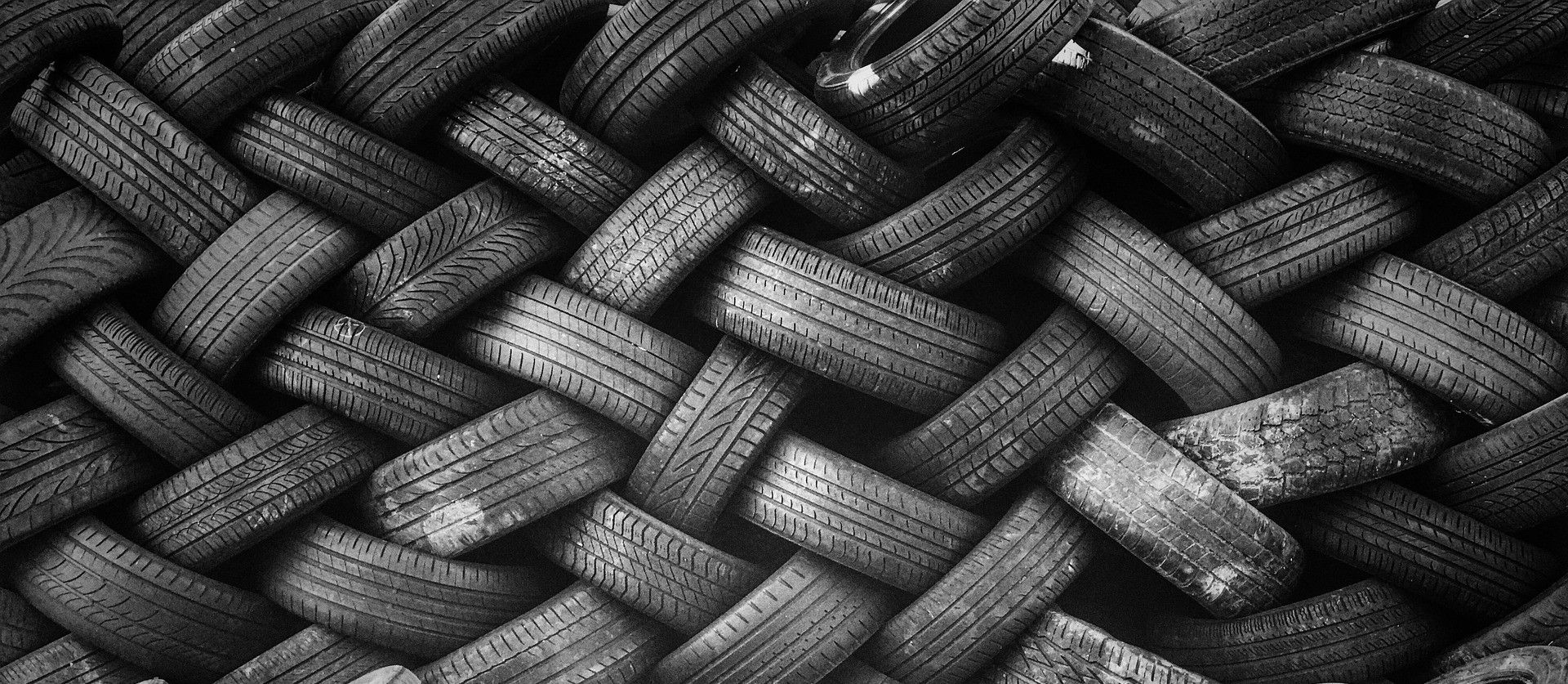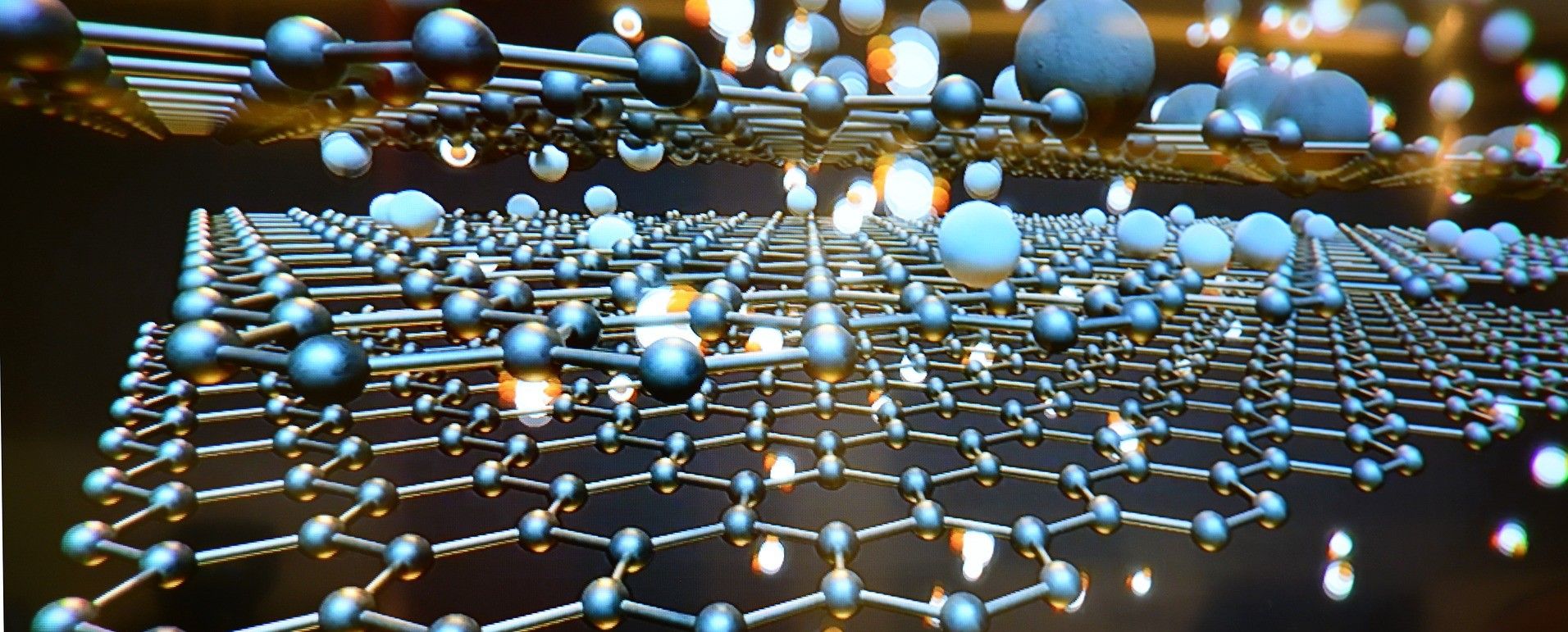One of the most underrated components of a car are the tyres.
Not only do the tyres affect the way that a car looks almost as much as the paint job, but the tyres also weigh heavily on car manoeuvrability, impact fuel economy, improve (or deteriorate) breaking distances, boost wet weather handling, as well as increasing stability and traction.

Recently, advances in nanotechnology have made breakthroughs that are revolutionising tyre production, price, and performance.
Certainly, a 2015 OECD report on ‘Nanotechnology and Tyres: Greening Industry and Transport’, found numerous benefits for producers and significant benefits for consumers upon the adoption of nanotechnology in tyres. The biggest potential for gain was in cost savings from tyre durability and longer use, as well as increased fuel efficiency. Other benefits were environmental gains (although the report acknowledged that these were difficult to monetise) and increased safety (especially in wet weather).
In fact, a 2019 King Saud University Journal review of nanotechnology usage in the transportation industry found that, “Tyres are the most cited part of automobiles in which nanotechnology is applied.”
The reason that nanoparticles are so crucial to the development of next-generation pneumatic tyres is because current tyre technology already mixes ingredients together to achieve the perfect blend. Materials such as rubber, steel threads, carbon black, resins, reinforcing fillers and other raw materials can be combined in countless ways to gain specific properties. For some vehicles (and therefore the tyres they use) grip is more important than durability, for others heat resistance is crucial. While low weight, resistance to tearing, waterproofing, maintaining colour, and electrical conductivity are other factors to be considered.
Consequently, the report explains how fine tuning of the raw materials can impact a tyre’s properties. “Carbon black, soot, silica and organosilica are added to the rubber mixtures to improve its properties and lifetime. By adding these particles in nanoscale, the tyre properties … show significant improvement.”
Building on this knowledge, a variety of companies are therefore exploring how nanotechnology can further be applied to tyre production.

For example, the Toyo Tire & Rubber Company is producing tyres made with cutting-edge technology that allows for computer modelling of the raw materials for tyres.
According to the industry journal Tire Technology International, the breakthrough revolves around, “… a new nano process technology that optimizes the filler structure in the solid rubber before preparing the compound. As a result, its processing method achieves the ideal state of filler that is uniformly and highly dispersed even in solid rubber, like natural rubber.”
As the Russian technology journal Info-Parts, explains, “Developers can very accurately model the complex structure of the compound and quickly calculate parameters such as viscosity, elasticity, and energy loss. The technique allows improvement in energy efficiency and adhesion of rubber to the road surface.”
Adding that, “The newly-developed nano process disintegrates carbon black in a special solution and disperses it at the molecular level in the initial compound creation process while stirring and coagulating natural rubber latex.”

Meanwhile, in the Czech Republic, the industrial chemical supplier AG CHEMI GROUP is working alongside tyre producers from Ukraine to formulate a new masterbatch of raw materials for use in truck tyres.
According to Igor Sevcenko, the company’s founder and CEO, the new material, “… consists of nano calcium carbonate, nano zinc, nano carbon tubes in order to increase the thermal conductivity of rubber compounds, reduce energy for tire production by 15% and reduce cell mass tires by 20% with a 50% longer tire life.”
This novel nanoproduct will allow for manufacturing of NANO RUBBER AG tyres in the very near future.
While for many, the idea of employing nanotechnology into tyres may seem a cost too far, the truth is that tyres are important. They make driving smoother, easier, cheaper, and safer.
Consequently, adding nanoparticles into tyres may be one of the most significant applications of nanotechnology in the 21stcentury.
Photo credit: Pexels from Pixabay, MikesPhotos from Pixabay, Pixel2013, & seagul from Pixabay